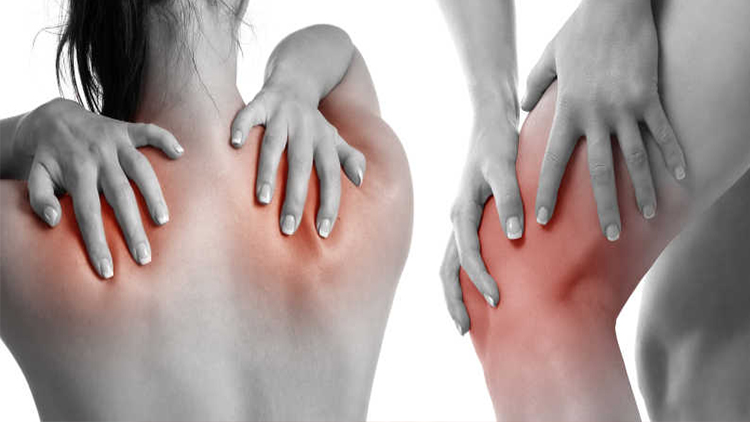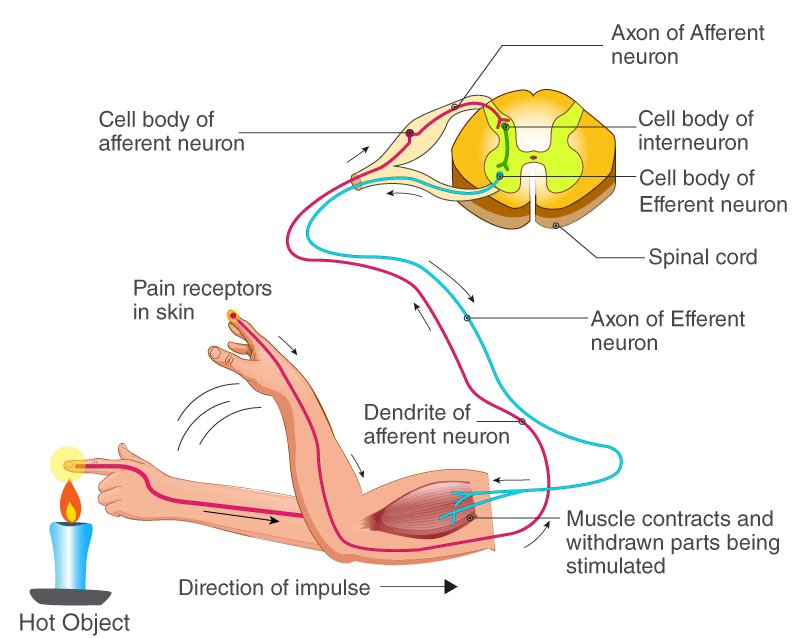
2023-06-19 2220
Mechanism of Laser Treatment for Painful Diseases
Before understanding the mechanism of action of laser treatment of pain diseases,let's first understand how the feeling of pain is generated.
Many diseases are accompanied by the occurrence of pain.When the body is strongly stimulated by the outside or endogenous,when the stimulation reaches a certain intensity,it will stimulate the nerve endings,and pass through the nerve fibers that conduct pain:A fibers and C fibers.The nociceptive nerve impulse is transmitted from the peripheral end to the spinal ganglion cells and its central end,and finally reaches the dorsal horn of the spinal cord,causing the dorsal horn cells to be excited,resulting in"nociception",and further transmitted to the higher central nervous system to generate pain.

The mechanism of action of laser is based on the principle of pain sensation.A large number of scientists use laser to treat pain diseases.From the experimental results,laser can relieve pain and reduce or eliminate the vicious circle of pain diseases.The specific principles are as follows:
①High-power laser can directly stimulate the release of endogenous endorphins and enkephalins by using biological stimulation and mechanical stimulation,thereby inhibiting the conduction of Aδand C fibers.According to the pain gate control mechanism,mechanical stimulation of free nerve endings Causes pain transmission to be inhibited,thereby relieving pain.
②Irradiation of high-power laser can regulate the content of serotonin(also known as 5-hydroxytryptamine/5-HT).Serotonin is a neurotransmitter that binds serotonin receptors(5-HT3)and sensitizes nociceptors,and antagonists of peripheral serotonin receptors(5-HT2A and 5-HT3)reduce tissue-generated pain.
③Irradiation of high-power laser can reduce bradykinin.Bradykinin is an important cytokine that can mediate inflammatory effects.It acts on pain receptors to cause pain and plays an important role in mediating inflammatory pain.Bradykinin has a wide range of effects.It can sensitize sensory neurons,especially in the process of pain generation.Inflammatory pain,rheumatoid pain,and pain induced by hypoxia are all accompanied by elevated bradykinin concentrations.Therefore,the reduction of bradykinin can effectively relieve tissue pain.
④Irradiation of high-power laser can regulate the function of acetylcholine.Acetylcholine is an excitatory transmitter with two different effects due to the existence of two different acetylcholine receptors,excitatory and inhibitory.Acetylcholine receptors(AChR)are divided into two subtypes,muscarinic choline receptors(mAChR)and nicotinic choline receptors(nAChR).The performance of ACh acting on mAChR is:cardiac inhibition,vasodilation,smooth muscle contraction,increased glandular secretion(such as salivation),and miosis(myopia);the performance of ACh acting on nAChR is:skeletal muscle contraction and ganglion excitation.By irradiating laser light to regulate the function of acetylcholine receptors,the effect of inhibiting nerve excitation,vasodilation and increasing blood circulation can be achieved,resulting in the effect of relieving pain.
⑤At the same time,high-power laser irradiation also has anti-inflammatory effect,can activate or induce T,B lymphocytes and macrophages to produce cytokines,activate the whole body immune system through lymphocyte recirculation,enhance phagocytosis,improve non-specific immunity and specificity The immune function can reduce the pain caused by the activation of nerve fibers during the inflammatory response,and effectively reduce the swelling caused by inflammation.
⑥Irradiating the sympathetic ganglion of the affected area with high-power laser can cause increased blood flow,improve local blood circulation,increase cell metabolism,promote peripheral circulation and lymphatic drainage in the lesion area,combined with biological stimulation effects and photochemical effects,in promoting tissue healing Also provides non-addictive pain management.
⑦High-power laser can also reduce the pain caused by wound stimulation.Laser irradiation can promote more oxygen atoms to reach the mitochondria,and at the same time promote the terminal enzyme cytochrome C oxidase of the cellular respiratory chain to accelerate the production of ATP,thereby promoting the regeneration and healing of damaged tissues,and achieving the therapeutic purpose of relieving pain.